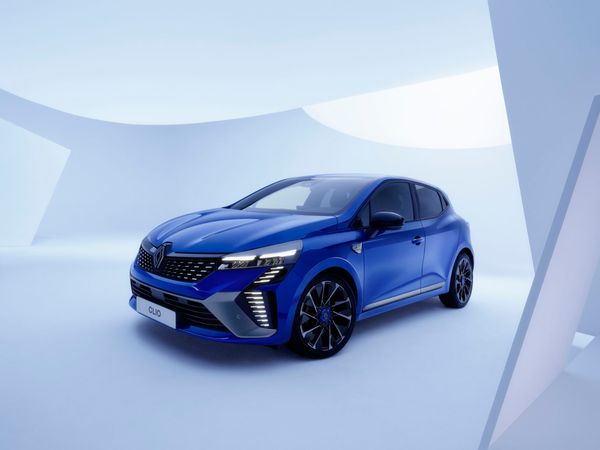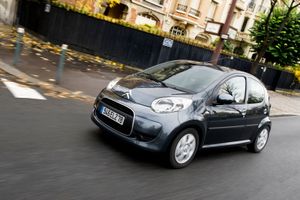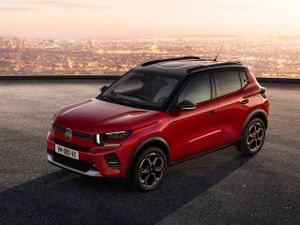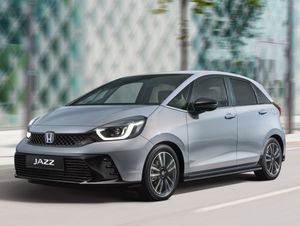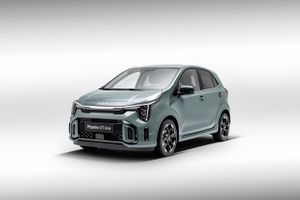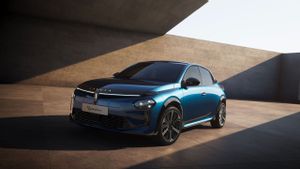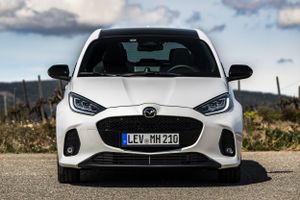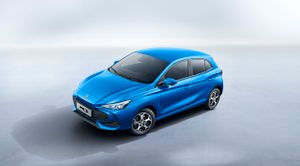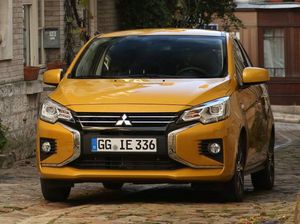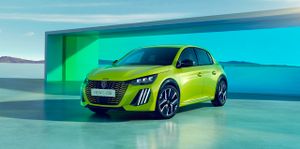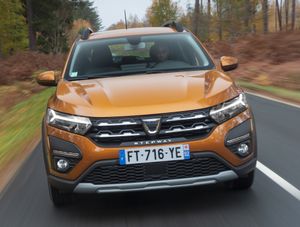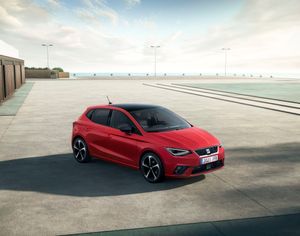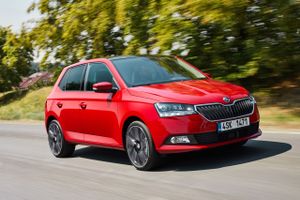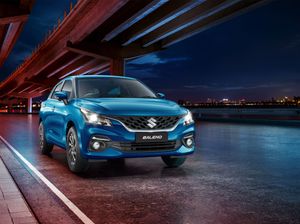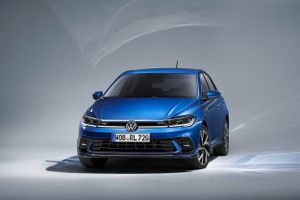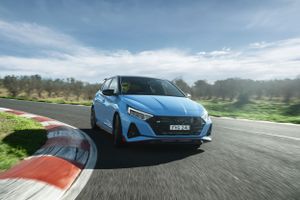Comparison of Renault Clio and Hyundai i20
Comparison of Renault Clio and Hyundai i20
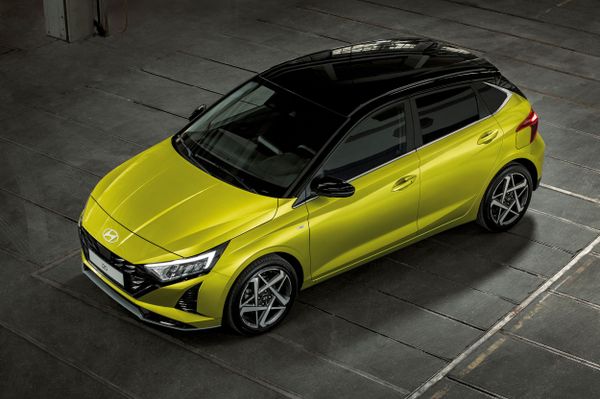
Hyundai i20
Price not determined
No one is selling yet
Characteristics
Renault Clio and Hyundai i20
Transmission
Variable
Robotic
Number of gears
6
Type of drive
FWD
FWD
Top speed
180 km/h
185 km/h
Acceleration to 100
12.2 sec
11.4 sec
Fuel tank capacity
42 l
40 l
Curb weight
1 163 kg
1 130 kg
Max weight
1 595 kg
1 630 kg
Length
4 047 mm
4 065 mm
Width
1 728 mm
1 775 mm
Height
1 437 mm
1 450 mm
Wheelbase
2 583 mm
2 580 mm
Front track width
1 509 mm
1 545 mm
Rear track width
1 494 mm
1 549 mm
Trunk volume min
366 l
352 l
Trunk volume max
1 069 l
1 165 l
Wheel size
185/65 R15
195/55 R16
205/45 R17
195/55 R16
205/45 R17
195/55 R16
215/45 R17
215/45 R17
Average consumption
5.8 l
5.9 l
ECO class
Euro 6
Engine type
Gasoline
Gasoline
Engine location
Front, transverse
Front, transverse
Engine power system
Distributed injection (multi-point)
Direct injection (direct)
Engine capacity
999 cm³
998 cm³
Type of boost
Turbo
Turbo
Cylinder arrangement
Inline
Inline
Number of cylinders
3
3
Valves per cylinder
4
4
Compression ratio
9.5
10.5
Bore and stroke
72.2 × 81.3 mm
71 x 84 mm
Maximum power
90 (66 ) 5000
100 (73 ) 4500-6000
Maximum torque N⋅m
163 3750
172 1500-4000
Front suspension
Independent, spring
Independent, spring
Rear suspension
Semi-independent, springorts hélicoïdaux, sem
Semi-independent, springorts hélicoïdaux, sem
Front brakes
Ventilated disc
Ventilated disc
Rear brakes
Drum
Disс
Clearance
135
Trim version
Renault Clio and Hyundai i20
Driver's airbag
Passenger airbag
Side front airbags
Window airbags (curtains)
Driver drowsiness detection
Tire pressure sensors
Keyless central locking
Immobilizer
Rear-view camera
Isofix for the back row
Cruise control
Cruise control
Cruise control
Anti-lock braking system (ABS)
Electronic stability program (ESP)
Emergency brake assist (BAS, EBD, EBA)
Automatic slip regulation (ASR)
Pedestrian detection system
Cyclist detection system
Collision avoidance system
Lane departure warning system
Rear occupant alert system
USB
12V
Carplay
Android Auto
USB-C
Sound
Audio system
Audio system
Speakers
6 speakers
6 speakers
Leather steering wheel
Tinted glass
Power window
Third rear headrest
Leather gear shift
Steering wheel height adjustment
Steering wheel reach adjustment
Power steering
Power steering
Rear parking sensors
Air conditioner
Multi-zone climate control
Air conditioner
On-board computer
Digital instrument cluster
Power mirrors
Multifunction steering wheel
Full size spare tire
Donut tire
Fog lamp
Light sensor
Rain sensor
Daytime running lights
Diameter
R16
R15
Material
Alloy
Steel
Photos
Renault Clio
Hyundai i20
Comparison of Renault Clio with other cars
Comparison of Hyundai i20 with other cars
Today on the Market
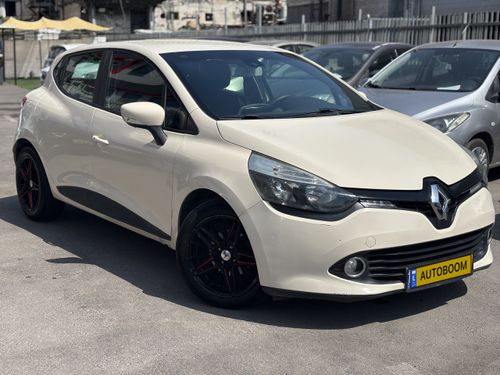
Renault Clio, 2016
₪ 19 700
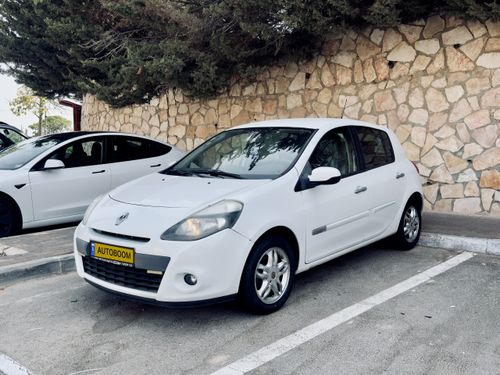
Renault Clio, 2012
₪ 15 000
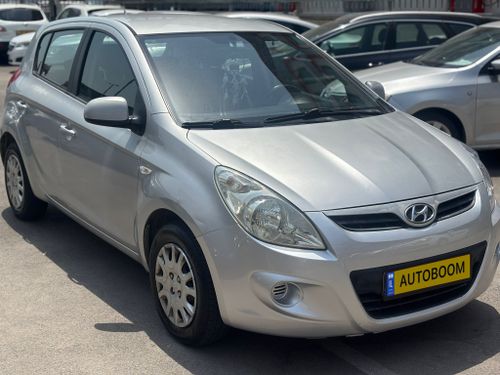
Hyundai i20, 2010
₪ 13 700
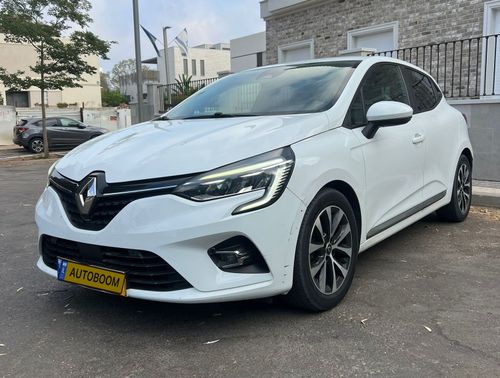
Renault Clio, 2021
₪ 62 000
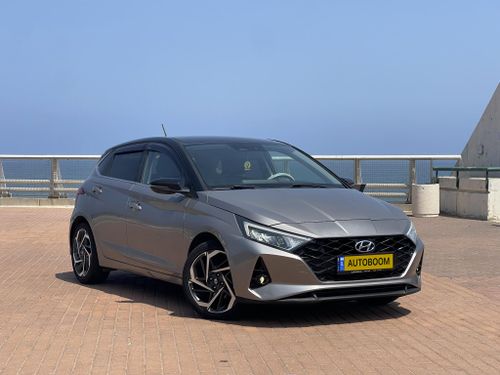
Hyundai i20, 2022
₪ 94 990
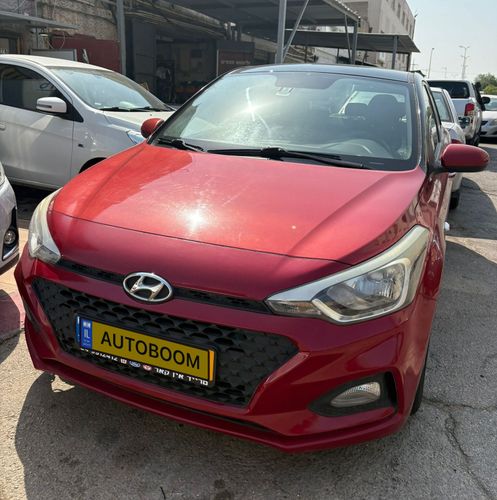
Hyundai i20, 2019
₪ 53 900

Hyundai i20, 2009
₪ 11 000
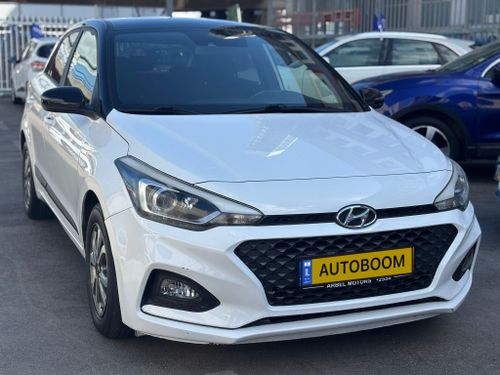
Hyundai i20, 2020
₪ 68 000
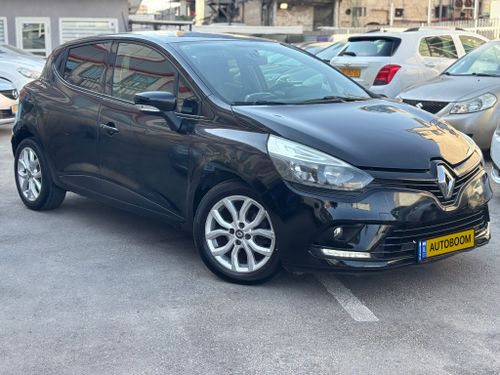
Renault Clio, 2018
₪ 28 500
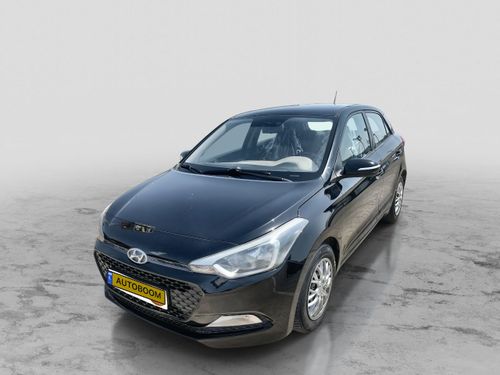
Hyundai i20, 2016
₪ 47 995
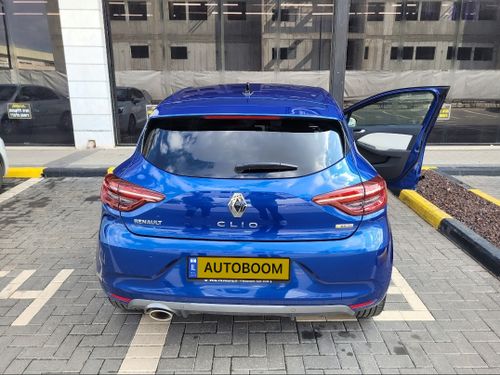
Renault Clio, 2022
₪ 75 000
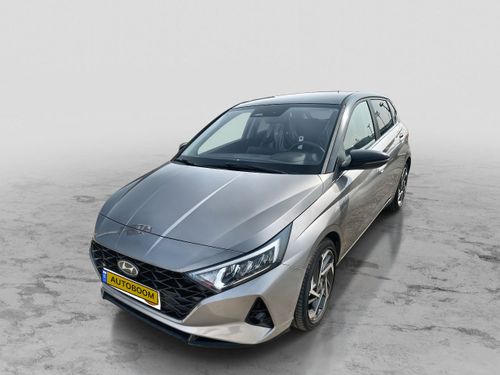
Hyundai i20, 2022
₪ 99 145
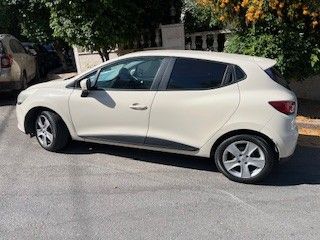
Renault Clio, 2016
₪ 12 000

Hyundai i20, 2021
₪ 69 000
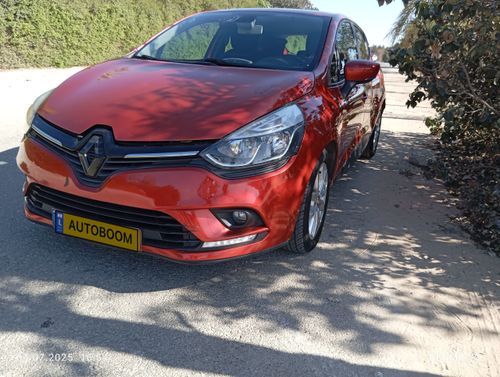
Renault Clio, 2018
₪ 27 300
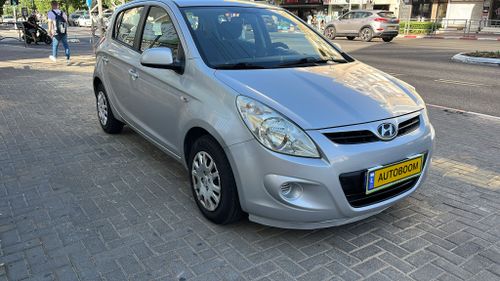
Hyundai i20, 2011
₪ 19 900
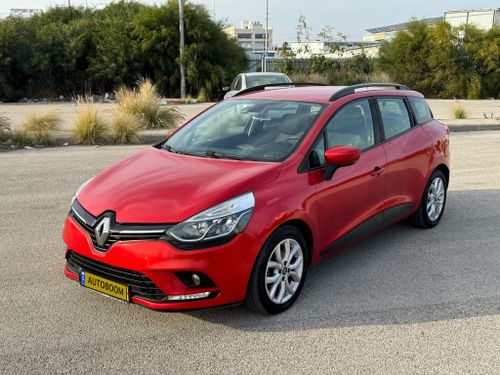
Renault Clio, 2019
₪ 34 000
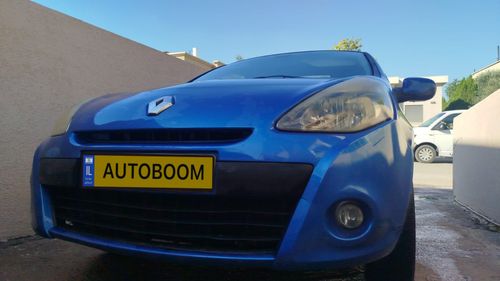
Renault Clio, 2012
₪ 11 000
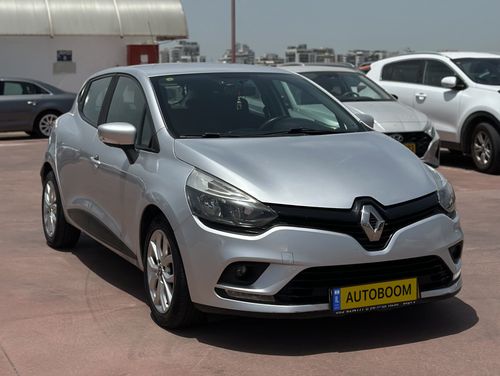
Renault Clio, 2017
₪ 24 000
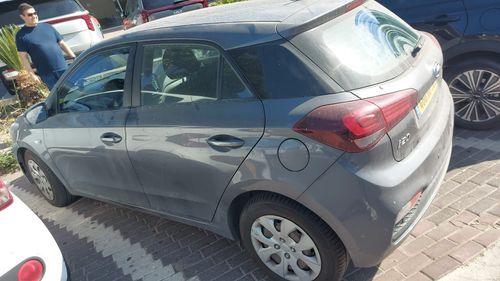
Hyundai i20, 2021
₪ 79 240
Compare similar cars Renault Clio and Hyundai i20
Renault Clio and Hyundai i20 are two popular cars, each with its own unique advantages and features. The choice between Renault Clio and Hyundai i20 depends on the driver's needs and preferences.Renault Clio and Hyundai i20 are two popular cars, each with its own unique advantages and features. The choice between Renault Clio and Hyundai i20 depends on the driver's needs and preferences.
